|
After spending our morning at Domain Chandon with its sparkling wines, the next stop was to see how the French are also making Bordeaux blends in the cool climate Yarra Valley at Dominique Portet. The owner and winemaker Dominique Portet comes from an illustrious wine family - his father worked as the vineyard and winery manager at Château Lafite-Rothschild in Bordeaux and his brother, Bernard, heads the Clos du Val estate in Napa Valley. Before starting the Dominique Portet winery in 2000, he was a pioneer in bringing Australia's cool climate wine varsities to the forefront at Clover Hill, his sparkling wine house in Tasmania. In the tasting room, we got to try the rosé, white and red wines. Chardonnay and Sauvignon Blanc are the main white varieties while Cabernet Sauvignon and Shiraz are the red ones. The Cabernets were definitely among my favorite, and were typical of the blends made in Bordeaux with Cabernet Sauvignon dominating with Merlot, Malbec and Petit Verdot making up the rest. We left with one of the Dominique Portet Cabernet Sauvignon for our cellar back in Tokyo. The next stop was another estate that was high on my list to visit since it is James Halliday's estate, Australia's most renowned wine master. As soon as you walked into the tasting room, you could see his latest Halliday Wine Companion 2017, another essential book I had brought along with my for our trip to Australia. This winery like many others in Australia make wines from grapes grown on its property as well wines from grapes sourced from other areas in the Yarra Valley. Before heading into the tasting room, the estate had new vines that were just starting to establish their roots. In the photos below, you can see one photo with these blue-green cylinder-like covers sticking up from the ground. These are called sleeves, and they're actually protecting the vines that are inside of them. The main reason for them is to make sure the vines can develop their root systems in peace without animals or birds disturbing them. The view from the balcony of the tasting room was just spectacular. You could seen the new vineyards, as well as the rest of the Yarra Valley stretching beyond the estate. I had another amazing experience at this winery with the tasting room manager. I had my notebook on the counter, so he asked if I was studying wine. As soon as I told him I was going to write the WSET3 exam in about a month, he told me I had to do the tastings "properly." At most winery tastings, you get just once glass, and it gets refilled after each tasting. Instead of this, the manager brought out 3 glasses for me and poured me a flight of 3 different Pinot Noirs from different vintages. He then went through each one with me explaining how and why each one of them were different. Again, I was just so amazed at the the generosity of Australians in sharing their time and expertise with me about wine. For the last stop of the day, our guide recommended we head to Helen & Joey that was nearby since we wouldn't have had time to go to a further vineyard since we wanted to avoid the traffic getting back into Melbourne in the evening. For our time in the Yarra Valley, we had a fantastic guide who was actually from California, so we got the best of two wine worlds in one day! As soon as we arrived at the entrance, I was immediately intrigued with the unicorn that stood outside.
Once inside the tasting room, the warmth was a welcomed relief since the sunny weather had quickly turned into rolling clouds and wailing winds while we were out on the balcony of the tasting room. Like Coldstream Hills, there were Chardonnays, Cabernet Merlot blends, Shiraz and Pinot Noirs to try from their estate. The 2015 Alena Pinot Noir was my absolute favorite that had red cherry and raspberry flavors with hints of chocolate and licorice. I have completely fallen in love with Australia's Pinot Noirs during this trip. Before we left, the winemaker popped into the tasting room for a few moments. Since my guide knew her, he introduced me to her, and we had a bit of a chat. I had asked her why the a unicorn was the estate's logo. She told me that the "official" reason was that "the unicorn, like wine, is an enigma; it is ambiguous, often puzzling, stunningly beautiful, subjective and like the Unicorn displays all things that we admire; strength, power and elegance." However, she also added that since her birthday was in November, she chose a unicorn since it is similar to her astrological sign, Sagittarius!
1 Comment
After our day in the Mornington Peninsula, we had a day to enjoy in Melbourne before we headed back into the vineyards while in Victoria. Our last visit took us to the Yarra Valley that takes its name from the Yarra River was just east from Melbourne. In Mornington Peninsula, we got to try mostly Pinot Noir, Chardonnay and Pinot Gris wines since those varieties thrive in the region's cool climate. Yarra Valley's warmer climate let us try more varieties like Shiraz, Cabernet Sauvignon, Merlot and Pinot for the reds, and Chardonnay and Sauvignon Blanc for the whites. Before our trip to Australia, I had gotten James Halliday's Wine Atlas of Australia to research the best vineyards to visit, and he suggested not to miss Chandon in the Yarra Valley, Australia's renown sparkling wine producer. While in Sydney, I kept an eye open for Chandon, and sure enough, it popped up everywhere on wine lists. Our first night in Sydney actually started with a glass of Chandon! Naturally, it was on the top of my list for the Yarra Valley Visit, and the first stop of the day. Chandon is actually belongs to Moët & Chandon that started sparkling wine production in the Yarra Valley in 1986 after exporting the 'traditional method' with much success to Argentina and California. The facilities were definitely designed to handle large crowds with two different counters for visitors to taste their wines. We were at the "smaller" one, but it was just as busy as the counter for larger groups. We arrived just after 10am on a weekday, so I can't imagine how busy it would've been on a weekend. However, the tasting staff did try to spend enough time with each of the guests going through the different profiles of the sparkling wines. I had a stoke of good luck because the man who was serving us had just written the WSET3 exam, so most of our conversation focused on tips for writing the exam. He told me to make sure that I know the five main methods for producing sparkling wine, and then he quizzed me on the differences of each one! I still hadn't really gotten to that chapter yet, so he told me to go through the winery's museum of sparkling wine production museum to help me gain a better understanding. Those five methods are traditional, transfer, tank, Asti and carbonation. Remember that Asti just goes through one alcoholic fermentation! I've noticed in Australia that a lot of effort goes into educating visitors about wine and even the winemaking process. I can definitely say that Chandon comes out on top when it comes to sparkling wine education with its very own museum and self-guided tour of their facilities. The tour starts out in the processing area where the workers receive the grapes from the vineyard. You can see the sorting machines and pneumatic presses. The presses extract the juice from the grapes before it's sent for alcoholic fermentation and then made into a base wine. You can see both the stainless steel vats and oak barrels that are used for the first fermentation process. The wine is then bottled with triage, a mixture of yeast and sugar, and the second fermentation starts inside the bottle, and this is when the bubbles happen since the carbon dioxide has nowhere to go, so it dissolves into the wine. After this, the wine is aged on its lees for a number of months, around 12 to 18 months. The lees are the dead yeast cells that remain after the second fermentation. If you've ever noticed those yeasty, biscuity, or pastry-type flavors in sparkling wine, that time on lees contributes to these flavors.
One of the most interesting things for me to see were the pupitres, which are A-frame racks where the bottles are stored at a 45-degree angle. The purpose of placing the bottles in these racks is to let the dead yeast cells settle to the bottom. Each day, workers give these bottles a slight shake and increase the angle of each bottle until they are almost upright, which is called riddling. After, we walked past the bottling area where the sediment from the sparkling wine is removed, and then topped up with exposition liqueur, a mixture of wine and sugar cane juice, The sparkling wine is then corked and caged. The wire cage is a safety precaution since the pressure is about 5kg of weight per square centimeter of glass. That's about 2-3 times the pressure in a car tire! There are some great infographics on the different methods of sparkling wine production on the Wine Folly website if you'd like to know more about the processes. If you want to know some of the more technical processes and commercial examples, Wine Searcher is a great source as well for Champagne production, as well as anything else you want to know about wine. After five days in Sydney, five days in Melbourne was the next stop on our Australian vacation. After my time in Melbourne, I found that it was very similar to Toronto with its many cultures and global food scene. I was quite at home since I'm Canadian. However, if I had to choose a wine region, it would definitely be Victoria over Niagara. Our first wine region to visit was the Mornington Peninsula, just south of Melbourne on Port Phillip Bay. We had the most fantastic guide from Elevate Tours who designed the most perfect day that took us from boutique wineries to the large corporate type! Our first stop of the day was at Yabby Lake Vineyards, which make wines from their own vineyards, and also from the ones they have in Heathcote. From the Mornington Peninsula vineyards we got to try their Pinot Gris, Sauvignon Blanc, Chardonnay and Pinot Noir. From their Heathcote vineyards, we tried their Grenache Rosé and Shiraz. Although it was the middle of winter in Australia with the fireplace roaring that morning, the Grenache Rosé stood out as my favorite. One thing I've noticed about Australian vineyards is their use of local artists. Many of them use local artists to design their wine labels and to provide sculptures for their gardens that are part of their restaurants. Like it Hunter Valley, they had just finished their winter pruning. However, I was able to find a photo of their vineyards from their website to see the difference between the summer and winter months. The second stop of the day was at Moorooduc Estate, which ended up being my favorite vineyard that we visited during our time in Australia. I can finally say after visiting this vineyard that I like Pinot Noir now. For the longest time, I never cared for the variety even though I should since I've been told during my studies that Pinot Noir is always one of those varieties that people like in the wine industry. However, I always found it too earthy for my taste until I tried Australian Pinot Noir, which is very fruit-forward, but still has some earthiness to it. One our way out, Ric pointed out the winery's unofficial mascot, a peacock. He said the it just showed up one day because it had been cold and raining, and it needed some shelter. However, the peacock never left, and has made its home in the outdoor café. After our day in Mornington Peninsula, I looked for Moorooduc on restaurant wine lists, and did find it as part of the wine list of fine dining establishments. Though it's a small boutique winery, it definitely has a premium reputation in the region. Our third vineyard was Quealy Wines, which was the most interesting stop we had made during our tour. In addition to tasting the wineries Pinot Noirs, Muscats and Pinot Griogios, we also got a private tour of the winery. The age their wines in either oak barrels or concrete vessels. Some of the wines are even aged in amphorae, a container that the ancient Romans used to store their wines. It was the first time for me to see these type of vessels. As usual, I took photos of the vineyards so that I could remember the type of pruning methods. Although I thought I was far enough from the vines, the winemaker came out and told me that I needed to be further away. This is quite understandable since Australia has some of the strictest quarantine measures for entering the country. Vineyards are especially worried about contamination since visitors can easily contaminate the vineyard with simply the soles of their shoes. After this visit, I noticed that the other places we had visited often had fences to make sure visitors don't walk through the vineyards. Although the Pinot Noirs were among the best I had in Australia, the highlight of the visit was the resident koala, Kooki, who has been living in the eucalyptus tree outside the tasting room for the past 13 years. Ric told us that she is incredibly protective of her tree, and has chased out numerous suitors over the years who have tried to share the tree with her. This was the very first time for me to see a koala in the wild, and since then I've been watching way too many koala videos on Youtube. In addition to the Youtube videos, I've become very interested in the loss of habitat for the koalas in Australia. On our way home while we were waiting for our flight back to Tokyo in Sydney, I came across the Save the Koala foundation at a gift shop that was selling hoodies to raise money to protect these endangered animals. One of the first things I'm going to do once I get a full-time job in the wine industry is to become a sponsor for a koala that lives on one of the protected reserves throughout Australia. The organization allows you to "adopt" a koala for a year, and your adoption fees pays for the koala's food and medical care. You can even visit your adopted koala! The last stop of the day in the Mornington Peninsula was Port Phillip Estate, which is one of those mega estates that has holdings in many different regions. It started out as a very small winery, but it now has 20 estate and single vineyard wines. There's a hotel with fining dining and a top-class tasting room that makes up the estate. Despite the size of the estate, it uses biological farming and everything is hand-pruned and hand-harvested! It was a cloudy and drizzling when we visited since that's typical winter weather in the Mornington Peninsula, but in the summer, you can see all of Port Phillip Bay from the restaurant! I bought a bottle of their flagship wine, the Ferrous Pinot Noir, which I'm supposed to lay down for about 10 years. It'll definitely be a challenge to keep it for that long in my cellar!
|
Archives
November 2017
Categories
All
|



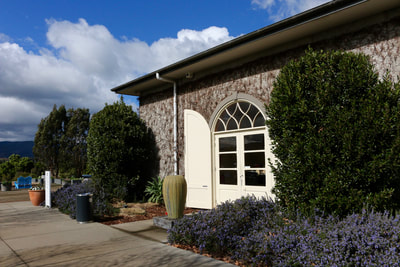


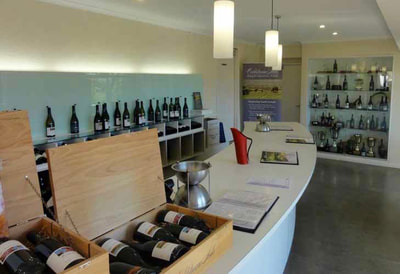
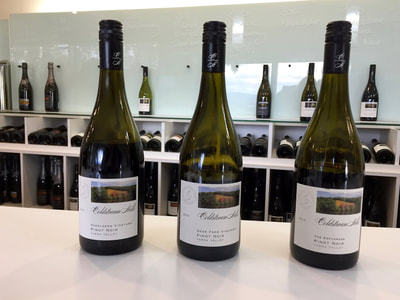
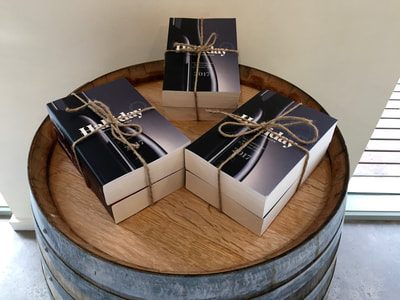
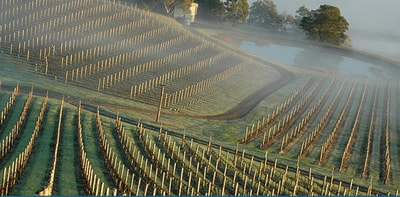
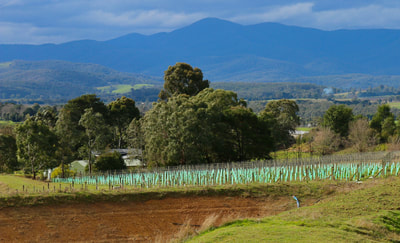
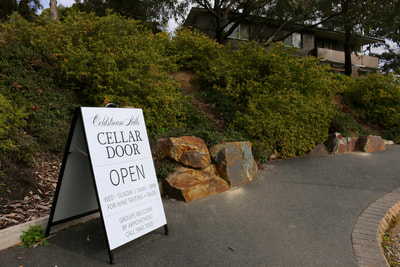


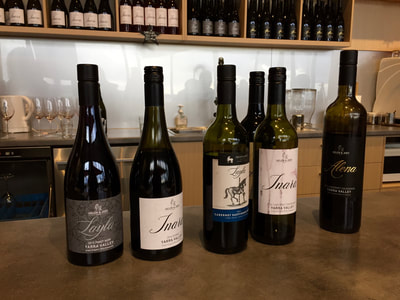

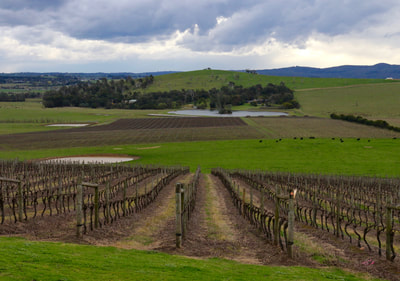
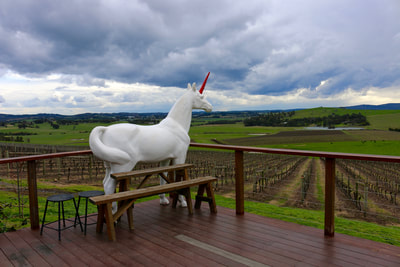
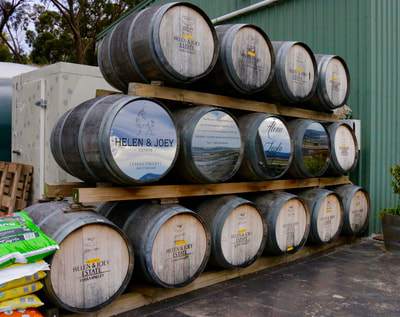
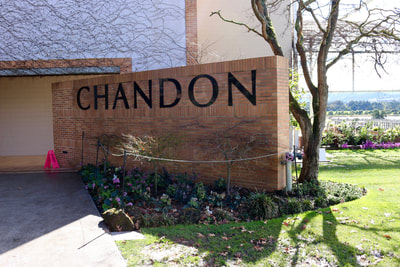

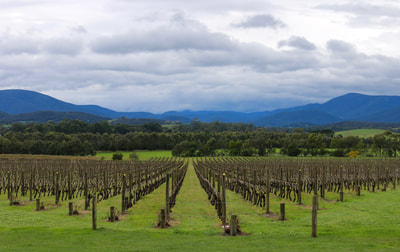
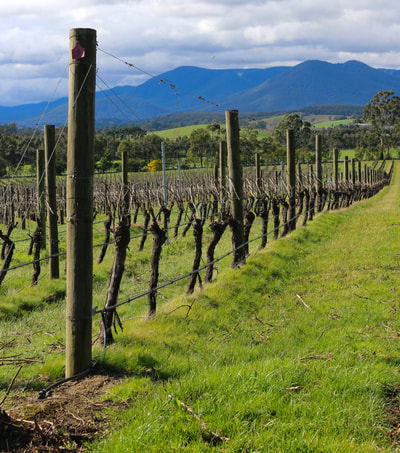


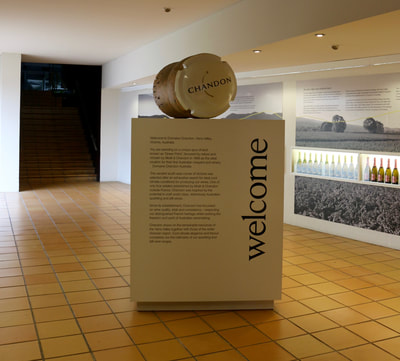

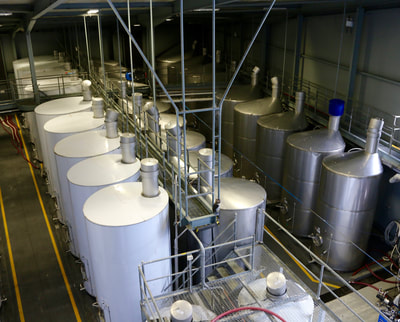




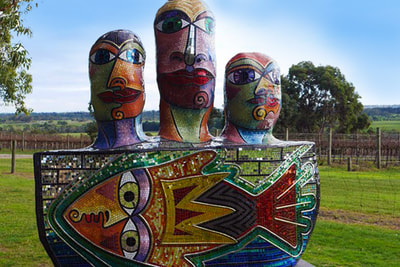




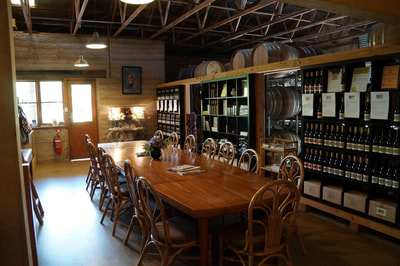


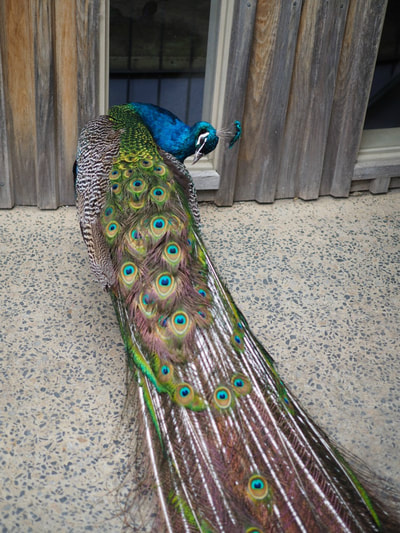


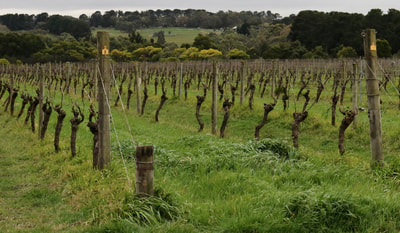

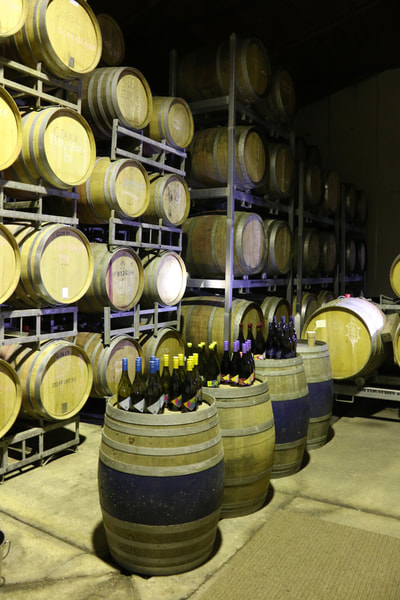


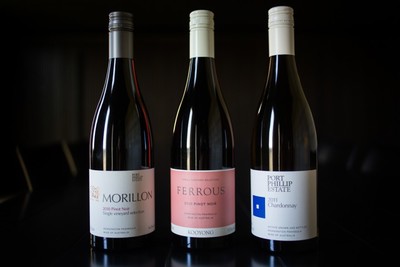
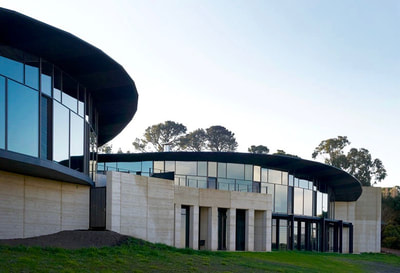

 RSS Feed
RSS Feed
